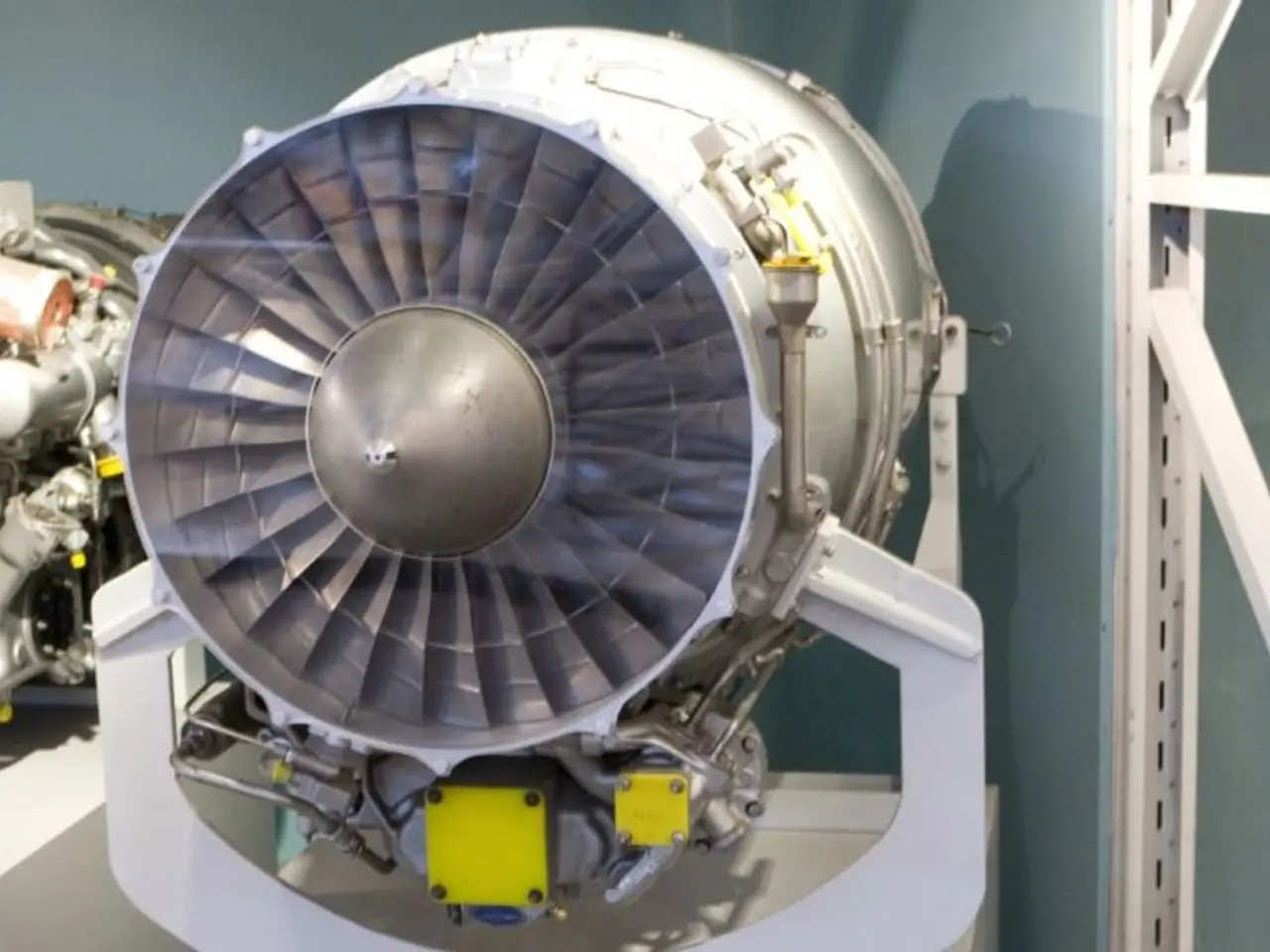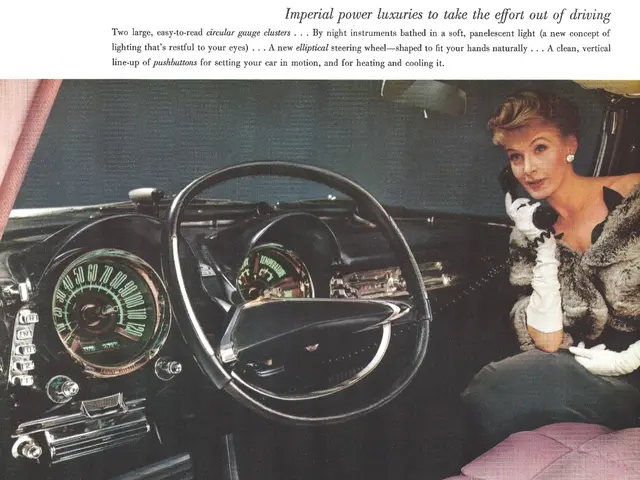Industry Implementation of Diffuse Sensors in Automation Systems
In the world of industrial automation, diffuse sensors are making a significant impact, revolutionising the way objects are detected and controlled. These sensors, a type of photoelectric sensor, are known for their versatility and reliability, making them an essential tool in various industries.
Diffuse sensors, with their emitter and receiver combined in one unit, work by sensing light reflected directly from the target itself. They are widely used in material handling, packaging, fill level detection in containers, product inspection, and even the detection of translucent objects.
These sensors contribute to system reliability in several ways:
- Non-contact detection reduces wear and mechanical failures compared to physical switches.
- Their ability to detect multiple objects, translucent items, and specific features helps maintain precise control and quality during production.
- Features such as sensitivity adjustment and built-in operation indicators improve ease of installation, alignment, and monitoring, enhancing consistent performance.
- Reliable detection minimises production errors and downtime, supporting stable process control and reducing scrap or rework costs.
In summary, diffuse sensors improve system reliability by providing fast, precise, and non-contact object detection adaptable to varying industrial environments, supporting robust automation processes and quality assurance.
Designers are focusing on making these sensors smaller yet maintaining uncompromised performance, enabling their incorporation into lightweight machinery and robotics. Modern diffuse sensors are designed to sustain harsh environmental conditions and have a compact, solid state structure that offers protection against contamination, shocks, and vibration.
Moreover, these sensors are being developed to be compatible with PLCs, edge devices, and cloud systems for predictive analytics and real-time monitoring. They serve as distance measuring devices for short to medium distances, up to 2 meters, making them cost-efficient.
Diffuse sensors are useful in multiple industries, including packaging lines, robotics and automated guided vehicles (AGV), assembly lines, material handling, and the textile and printing industry. In advanced automation systems, diffuse sensors are combined with other types of sensors like ultrasonic, capacitive, and inductive for more reliable object detection and classification.
When selecting diffuse sensors for industrial use, B2B companies need to analyse the sensor's specifications and the sensor's surroundings, prioritising factors such as distance sensing, environmental resistance, and compatibility with the specific application. The housings of the sensors should have an IP rating for protection against water and dust, like IP67. For extreme conditions, use sensors with strong housing materials like stainless steel or PBT.
Choose sensors with appropriate outputs (PNP, NPN, analog, relay, or IO-Link) for your control system. Some models have IO-Link for remote diagnosis or system parameter changes. Sensor systems are gradually moving towards being energy efficient and recyclable, helping in total cost of ownership and sustainability goals.
In conclusion, diffuse sensors, with their fast, efficient, and reliable performance, are playing a crucial role in industrial automation. As technology advances, we can expect to see even more innovative applications of these sensors, further enhancing the efficiency and reliability of industrial processes.
References: [1] Siemens. (n.d.). Diffuse Reflective Sensors. Retrieved from https://new.siemens.com/global/en/products/automation/sensors-and-measuring/photoelectric/diffuse-reflective-sensors.html [2] Schneider Electric. (n.d.). Diffuse Reflective Sensors. Retrieved from https://www.schneider-electric.com/en/product-category/sensors/photoelectric-sensors/diffuse-reflective-sensors/ [3] Omron. (n.d.). Diffuse Reflective Sensors. Retrieved from https://www.omron.com/ww/en/products/sensors/photoelectric/diffuse-reflective/index.html
- The compact and solid-state structure of modern diffuse sensors makes them suitable for use in industries like finance, where reliability in automation is crucial to maintain precise control and quality during transactions.
- The development of diffuse sensors, capable of being integrated with PLCs, edge devices, and cloud systems, presents opportunities for the food industry, as it allows for predictive analytics and real-time monitoring of food products, enhancing quality assurance.
- The emitter and receiver combined in one unit of diffuse sensors, along with their ability to detect multiple objects, translucent items, and specific features, can greatly benefit the manufacturing industry by reducing production errors, downtime, and scrap or rework costs, thereby improving efficiency and profitability.




